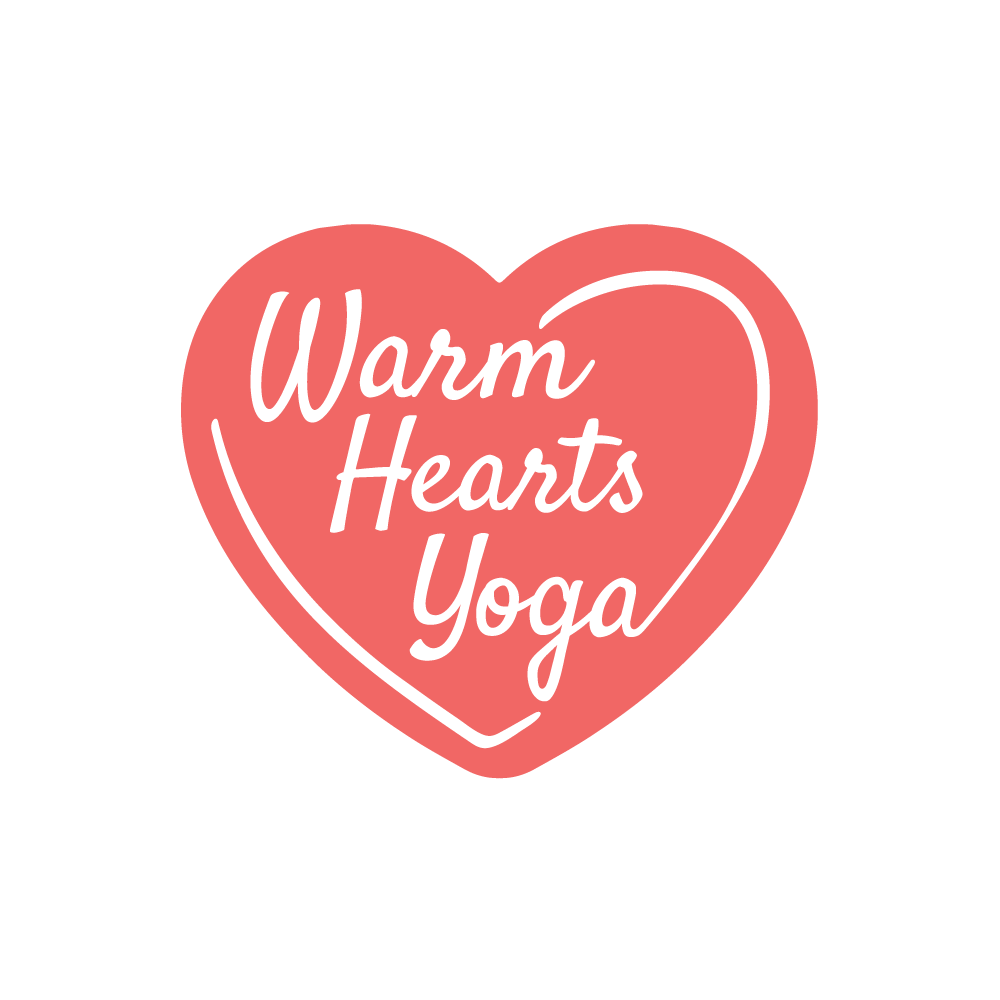How playful walks with your baby can help postnatal posture
Recently a mum in one of my parent and baby yoga classes commented that she found the walks the most difficult to master. I teach a few different walks in classes. Some are simple, using movement to gently rock and soothe baby or travelling around whilst singing. Others are less simple, and it can be surprisingly difficult to move the body whilst moving your feet!Postnatal yoga uses movement, breath and postures to help realign the body after pregnancy and birth. The curves of the spine alter during pregnancy. This is due to the increased weight of the uterus (which is attached to the lumbar spine), the changing position and size of the baby a woman is carrying and hormonal effects on the joints. After giving birth there are additional stresses to the spine through carrying and feeding babies. Realignment is a slow process. The walks I teach encourage good posture and help to tone the abdominal muscles and back muscles.Standing pelvic circles help with correct pelvic positioning. When we integrate pelvic circling movements into our walks we are allowing the base of the spine to move freely, whilst strengthening and lengthening this area. To hold the pelvis in perfect alignment we look for the natural curve in the lumbar spine, keeping a gentle forwards tilt of the pelvis whilst lengthening the lower spine and using the deep core muscles for inner support. The slight forwards tilt to the pelvis allows the pelvic organs to be supported by the pubic bones rather than relying on the hammock of muscles known as the pelvic floor. This ‘pelvic floor’ is towards the back of the body when the pelvis is aligned correctly.Gentle twists help to strengthen the transverse abdominal muscles. These muscles wrap all around the body and are crucial for correct alignment. They are also vital for providing core strength and stability. Twisting walks enable us to gently tone the transverse abdominals, whilst rocking babies and strengthening the legs.A walking relaxation can be useful with older babies who may not lie still for very long. As we move we can draw our attention to the rhythm of the walk and the rhythm of the breath, letting go of anything that has been going around our head and finding a sense of calm. Hold your baby’s body against yours and be aware of your two bodies as you move, turning your attention to the flow of energy between you and the connection you have.Yoga is not all serious, many classical postures are deliberate impressions of animals, and invoke a sense of fun and playfulness. Babies pick up on this and love to join in with anything that is lighthearted, lively and comical. You may feel silly at first as you walk around your living room like a belly dancer, or as you lift your knees high and prance to the kitchen. But moving like this can be so beneficial in the postnatal period, and your baby will love it.
